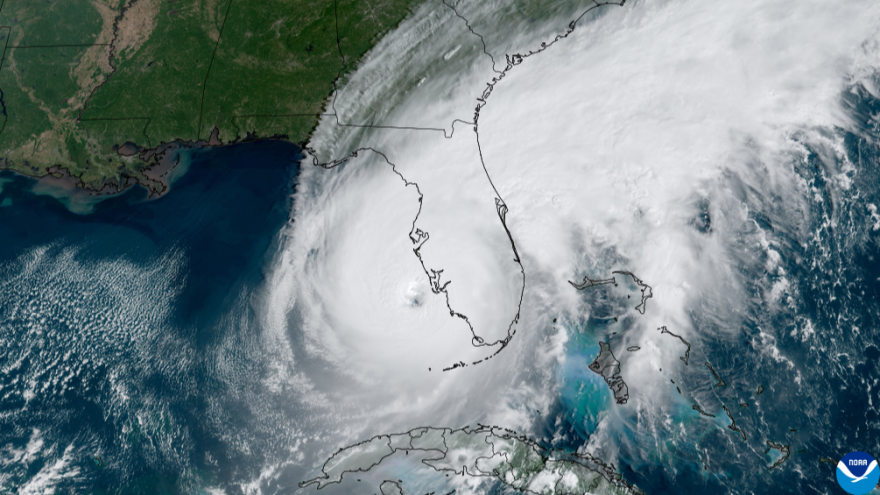Sunday, May 4, was the first day of the National Oceanic and Atmospheric Administration (NOAA) National Hurricane Preparedness Week.
The start of the 2025 hurricane season is less than a month away, and there are early indicators of an active year in the tropics. Seasonal outlooks from the Climate Prediction Center forecast ENSO-neutral conditions are favored during the Northern Hemisphere summer, with a greater than 50% chance through August-October 2025.
While NOAA has not yet made an official forecast for this year's hurricane season, tropical meteorologists at Colorado State University have looked at this year's early indicators. They predict slightly above average, with 17 named storms, nine hurricanes, and four major hurricanes. However, residents living near the coast understand it only takes one storm to define a season. Last year, we had an above-average hurricane season. There were 18 named storms, 11 of which became hurricanes, and five major hurricanes. Eight hurricanes made landfall, five of which struck the United States.

On day one of Hurricane Preparedness Week, NOAA focuses on knowing the risks for your area. The likelihood of your home being damaged by winds and water depends on the storm's path and location. While storm surges and winds are most damaging at landfall, locations near the coast are not the only ones vulnerable to water and wind damage. Flooding can happen hundreds of miles away from the coast and can continue for several days after a storm makes landfall. Significant and damaging wind gusts frequently occur far from the storm's eyewall, and tornadoes often form in hurricane outer rainbands.

Also, as part of Hurricane Preparedness Week, NOAA emphasizes the importance of planning far ahead of any tropical threats. Knowing where you can go when you must evacuate and having a supply kit ready for when you can safely shelter at home, you can avoid having to find necessities in the last minute as a storm approaches and weather deteriorates. When evacuating is necessary, it is too late to buy materials to board up your windows to secure your home, find shelter for your pets, and search for items that should have already been put together into a kit to take with you.
Another way to be prepared for hurricane season is by knowing where to go to get high-quality weather information for your area or areas along your evacuation route. It's not just the National Hurricane Center track forecast for a specific storm that is important. Other vital details regarding threats from flooding, winds, and other hazards come from local National Weather Service offices to supplement the forecast provided by NHC. Dangerous weather can occur hundreds of miles from the center of a tropical storm, so it's essential to stay updated with the latest weather information along your evacuation route or with changing conditions at home if you plan on sheltering in place.

Preparing for a storm also means preparing for its aftermath. When the storm is over and it's determined to be safe to return home after evacuating, there could be another set of potential dangers for those who sheltered in place. Downed trees and power lines, flooded or blocked roads, extreme heat, and poor mobile service can persist days after the rain stops.
Being ready for hurricane season takes time. Gathering vital records, making a hurricane kit, boarding up windows, and planning routes and transportation cannot be easily done at the last minute. The best time to prepare for a storm is now, to ensure nothing is overlooked.





